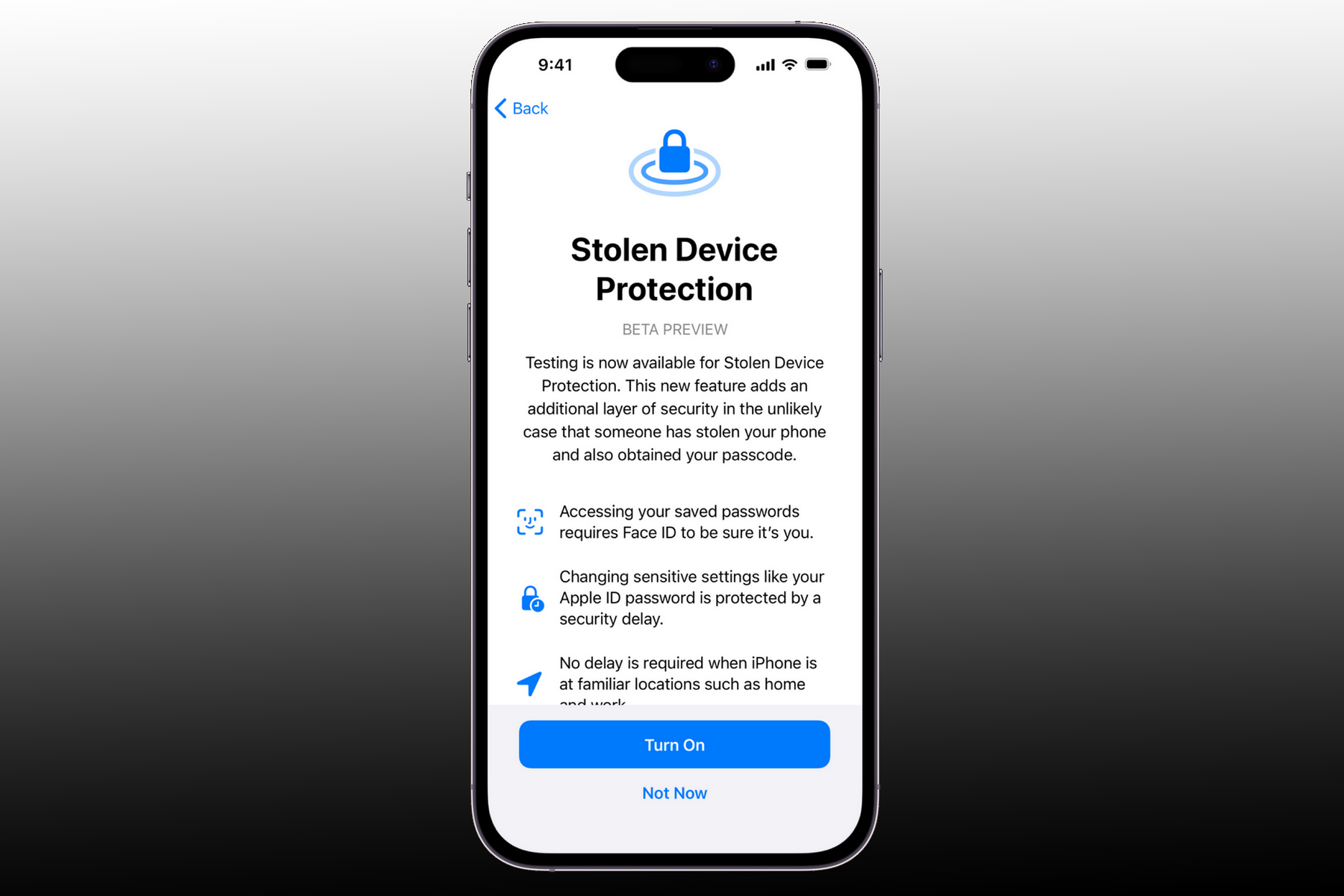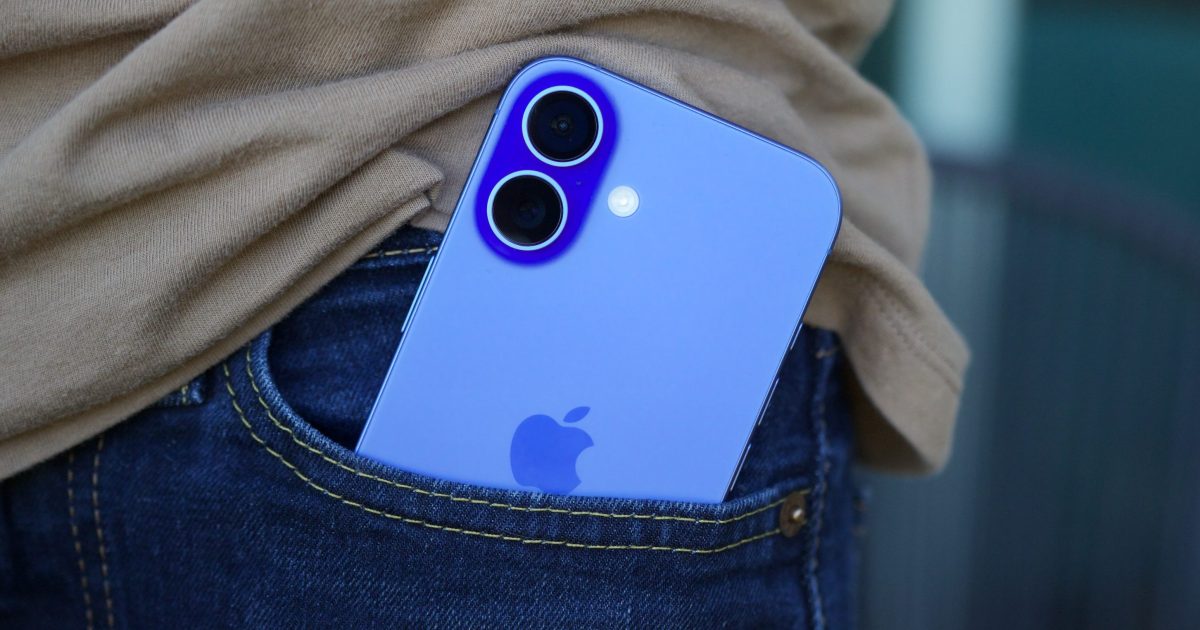Smartphones are the center of our digital existence. Not just because they open the doors for communication and social connection, but also due to their role as gatekeepers of our financial and professional lives.
Needless to say, a stolen iPhone can upend your life in many ways, but it’s even harder to recover those precious files stored on the device. A few victims of iPhone theft may finally have a chance, thanks to a lawsuit against Apple over not offering enough help in recovery efforts.
According to The Washington Post, an iPhone theft victim named Michael Mathews has filed a legal case against the company in the U.S. District Court for the Northern District of California. The plaintiff is seeking access to data worth two terabytes encompassing their “entire digital life, including that of his family,” alongside $5 million in damages.
Mathews, a Minnesota tech executive, had his iPhone stolen in Arizona. The device contained not only personal data but also crucial information related to his tax filings and professional research. The stolen iPhone was a massive setback, leading to the shutdown of his tech consulting firm.
The victim claims that despite solid evidence of ownership, Apple has refused to reset the Recovery Keys of his account so that he could regain access to all his data. “In so doing, Apple perpetuates and aids the hackers in their criminal activity,” claims the court complaint.
What happens when your iPhone is stolen?
For events where an iPhone is misplaced or stolen, Apple suggests that users should immediately mark it as “Lost” on the Find My dashboard. Doing so will automatically lock the device with a passcode and suspend all payment cards and passes in the Wallet app.

Apple also offers a tool called Stolen Device Protection. It locks sensitive tasks such as viewing stored passwords and banking cards behind Face ID or a fingerprint lock. It can also detect if the device is in an unfamiliar location, and accordingly blocks certain actions such as turning off Find My tracking, payment cards, and accessing the password keychain.
From the Apple account dashboard, users can also reset their password and update sensitive details such as trusted phone numbers, emails, and recovery methods. Next, users can choose to remotely wipe all the data stored on their lost iPhone. However, this is a permanent process, and the erased data can not be recovered.
What next?
Deleting all the data remotely is not an option many users can afford, especially if it contains sensitive data related to work, legal, or financial matters. And that’s where it gets complicated because Apple doesn’t offer a universal method to regain access to the data on a lost device, unless all of it was backed up in the cloud.
“Under what basis do you get to keep your users’ data and not return it?” argues the legal counsel in the lawsuit filed against Apple. The road ahead won’t be easy. The gathering of evidence and its eventual legal review could take up to eight months, followed by a court order seeking compliance from Apple.

But even the aforementioned protections fail if the victim doesn’t take action quickly. A thief who has taken a peek at your passcode can go ahead and disable the safeguards that Apple has to offer. That includes changing the email address linked to an account and changing the recovery details, essentially locking the owner out of their own device.
That’s more or less the end of the road. “If you lose your recovery key and can’t access one of your trusted devices, you’ll be locked out of your account permanently,” says Apple. All the data stored in the cloud is still there, but according to experts, Apple simply chooses not to return it to the rightful owner whose iPhone was stolen.
A new hope?
Another problem is that not all iPhone users are aware of features such as Stolen Device Protection and Advanced Data Protection. The latter, for example, encrypts all the data stored on iCloud. That includes your device backups, messages, notes, photos, reminders, Safari bookmarks, and voice memos.

This is end-to-end encryption we are talking about, which means even Apple can’t access it. So, if it is enabled, and your device is stolen, the only way to recover it all is to find the stolen device or take proactive measures before the bad actor can make any sensitive account changes.
It’s a race against time, and a clever thief.
Aside from the lack of adequate digital awareness, Apple’s self-proclaimed privacy-first approach often hinders recovery efforts for genuine victims. The only reliable route is through the involvement of local law enforcement authorities or a lengthy court battle.
Not many can afford either route, but the latest lawsuit could be a glimmer of hope. Jon Breyer, the lawyer who is fighting the court case against Apple, has reportedly picked nearly a dozen other clients dealing with a similar situation. It would be interesting to see whether Apple simply agrees to help them all, or better yet, creates a more robust system to help victims of iPhone theft.
Read the full article here













